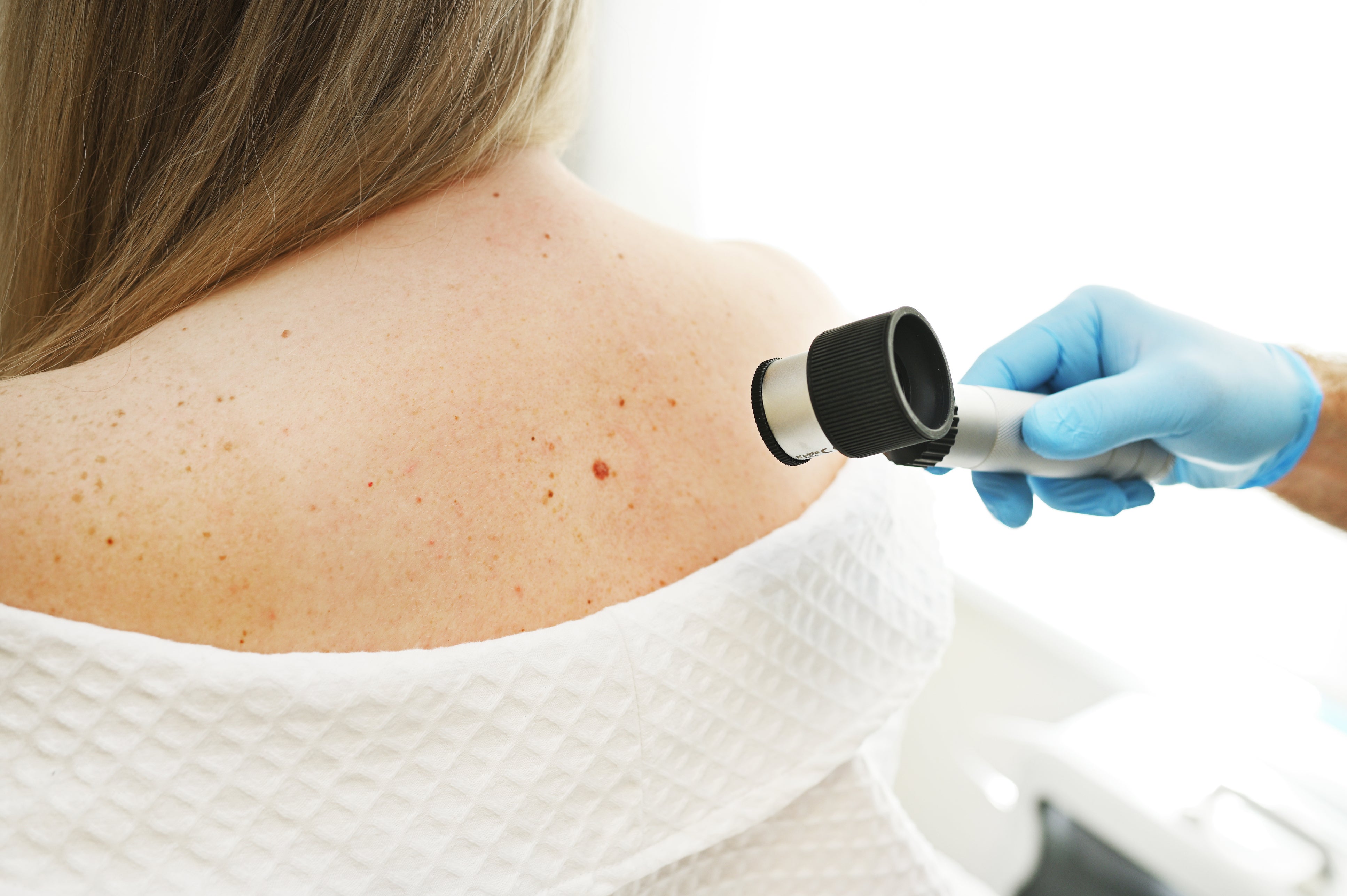Sunbeds are adding to the national skin cancer burden and should be banned in the UK, experts have warned.
The tanning industry is currently experiencing a boom, with social media promoting sunbeds as integral to wellness.
Yet this couldn’t be further from the truth, with experts warning sunbeds increase the risk of melanoma - the deadliest form of skin cancer killing about six people a day. Around 100 melanoma deaths in the UK each year are linked to sunbed use, according to charity Melanoma Focus.
Now, a report published by the British Medical Journal (BMJ) found there is little evidence stricter rules on sunbeds would help and instead called for an outright ban.
Under 18s were banned from using sunbeds in England and Wales in 2011, but a 2025 survey by Melanoma Focus of 100 UK 16-17 year olds found that 34 per cent were still using them.
A 2024 survey of 2,003 people in the UK also found that 43 per cent of respondents aged 18-25 used sunbeds, half of them at least weekly, with many unaware of the associated dangers.
Exposure to ultraviolet radiation from sunbeds was confirmed to be carcinogenic to humans in 2009 by the International Agency for Research on Cancer. The risk of developing cancers peaks when people use sunbeds when young, with use before the age of 35 increasing melanoma risk by 59 per cent.
Neither the number nor location of sunbed outlets in the UK are monitored, the report highlights. Data from websites and social media in January 2024 identified 4,231 sunbed outlets in England and 232 in Wales, with density per 100,000 population highest in north west and north east England and in the most deprived areas.
The distribution of sunbed outlets also correlates with melanoma rates in young people, with the highest rates in north England. Over 2,600 new diagnoses were recorded annually in 25-49 year olds in England during 2018-20, with two thirds of cases in women, and 146 deaths.
Since then, melanoma rates have continued to increase in England and are projected to rise further by 2040.

The current situation in the UK is “a clear example of an under-regulated industry aggressively marketing a harmful product to a vulnerable population,” Study author Paul Lorigan, professor of medical oncology and colleagues wrote.
Researchers explained that many people use indoor tanning to “improve their self-esteem” and to provide a “base tan” that will prevent sun damage such as burns. But experts stress this “marketing promotes health inequalities with serious societal harms.”
The tanning bed industry also promotes tanning to boosting vitamin D levels - which the body makes when exposed to sunlight. But sunbeds predominantly emit UVA rays whereas UVB is required for vitamin D synthesis.
The current situation in the UK is “a clear example of an under-regulated industry aggressively marketing a harmful product to a vulnerable population,” they write. “An immediate outright ban on commercial sunbeds alongside public education offers the most cost effective solution to reduce skin cancer, save lives, and ease the burden on the NHS.”
They conclude: “The UK government has pledged to prioritise prevention and to reduce health inequalities. Commercial sunbeds target those who are most disadvantaged and susceptible to harm.”
“Enhanced efforts to encourage sun safe behaviours are critically needed but will likely take a generation to have an effect.”







